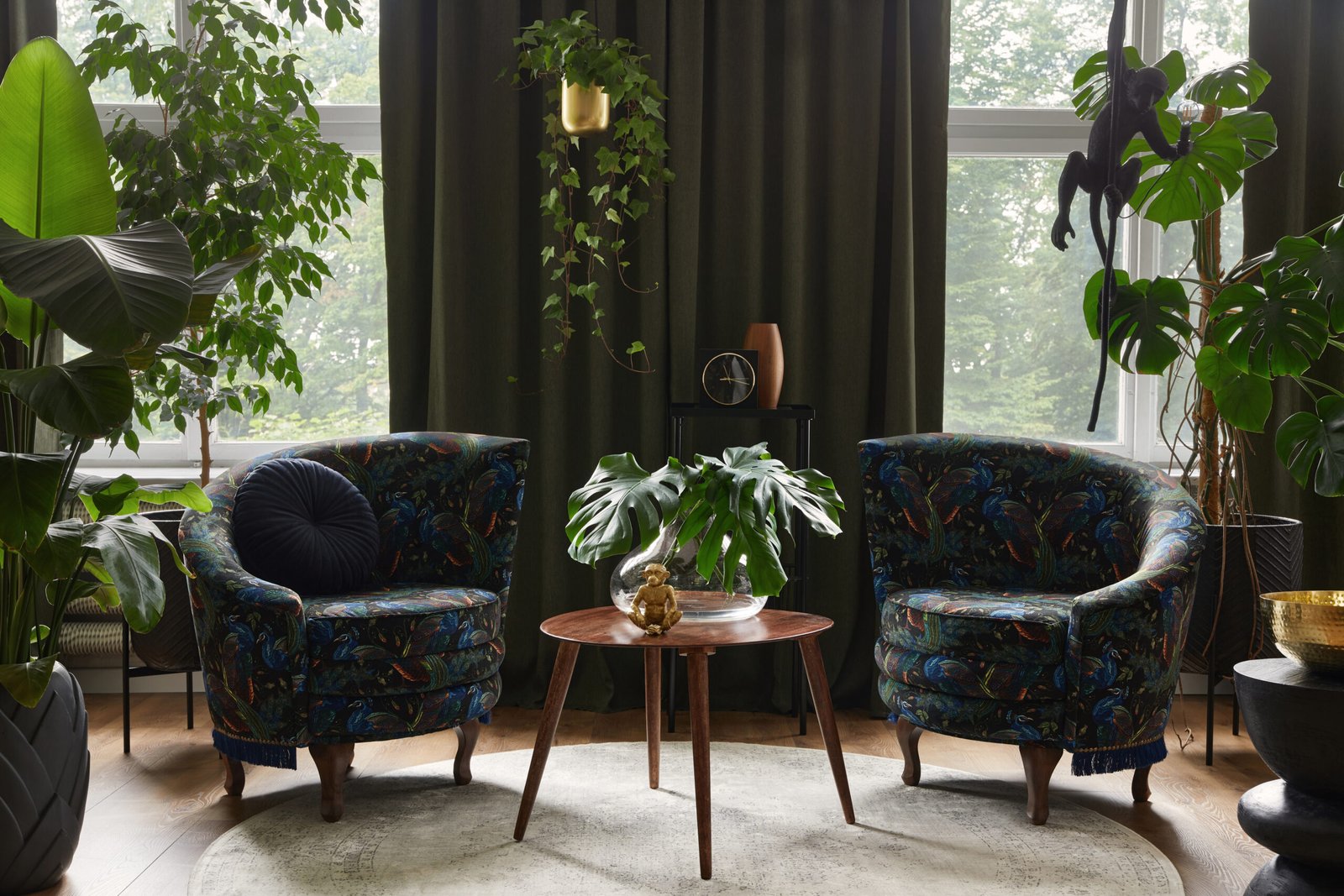
Walking through the expansive halls of Bond Gallery, one is struck by the deliberate interplay of light and space, the serenity that washes over each room, and the precision with which the artworks are positioned. Nothing is accidental here; everything is intentional, from the texture of the walls to the temperature of the lighting, all designed to bring the artwork into full bloom. The curators at Bond Gallery are not just caretakers—they are storytellers who sculpt the visitor’s experience by creating visual symphonies that unfold from one room to the next. Thematically structured exhibitions offer a window into specific periods, movements, or conceptual explorations, and often feature emerging talents beside established masters, allowing viewers to trace artistic evolution and innovation in real-time. There’s a profound sense of immersion within the space, as though each piece is whispering its own secret to those willing to listen closely. The gallery frequently updates its roster of exhibitions, ensuring a living, breathing portfolio of creativity that stays current with the pulse of global and local artistic movements.
One of the defining features of Bond Gallery is its unwavering support for contemporary artists. Rather than relying solely on historical masterpieces or globally recognized names, the gallery ventures into less-traveled territories, offering a platform to fresh voices whose work challenges convention and pushes the envelope. This commitment to inclusion and diversity within its exhibitions gives the gallery a reputation not just as a tastemaker, but as a cultivator of cultural change. Artists from different disciplines—painters, photographers, sculptors, digital artists, and installation creators—are all given equal weight and respect within Bond’s walls. The curatorial team is known for engaging directly with artists in dialogue during the creative process, resulting in installations that are collaborative in nature and rich with layers of meaning. These exhibitions become immersive environments rather than passive displays, where the viewer’s presence and bond gallery interpretation become integral parts of the artistic bond gallery . It is this participatory philosophy that sets Bond Gallery apart and invites a deeper level of engagement with the works on display.
Bond Gallery’s architectural design also plays a significant role in shaping the visitor experience. The building itself is a masterpiece, blending modern minimalism with subtle references to classical gallery spaces. Wide corridors, high ceilings, and thoughtfully placed skylights allow natural light to play across the surfaces of paintings and sculptures in ways that shift throughout the day, offering new perspectives with each passing hour. The spatial configuration invites slow movement, encouraging contemplation rather than hurried viewing. Throughout the gallery, visitors will find intimate alcoves and open arenas, both of which provide contrasting atmospheres for different kinds of artworks. This fluid transition between private and public viewing experiences encourages varied emotional responses, making the act of viewing art at Bond Gallery as personal or communal as the visitor desires. In addition, the gallery often incorporates sound, scent, and multimedia effects into its exhibitions, making the experience truly multisensory and expansive. Visitors are encouraged not only to look but to feel, to interpret, and to connect with what they see on their own terms.
The gallery is not merely a place for art viewing—it is an educational institution, a cultural salon, and a community gathering space. Bond Gallery runs a robust calendar of events that includes artist talks, panel discussions, live performances, and workshops for adults and children alike. These programs are designed to extend the conversation beyond the visual and into the theoretical, philosophical, and practical realms. By involving artists in dialogues with audiences, the gallery demystifies the creative process and breaks down perceived barriers between ‘artist’ and ‘viewer’. It invites visitors to ask questions, to challenge assumptions, and to walk away not only having seen something beautiful, but having learned something valuable. This educational ethos is further amplified through partnerships with universities, schools, and cultural organizations, making Bond Gallery a central node in a larger ecosystem of intellectual and creative exchange. The result is a place where minds meet, and where new ideas can be born out of the shared experience of art.